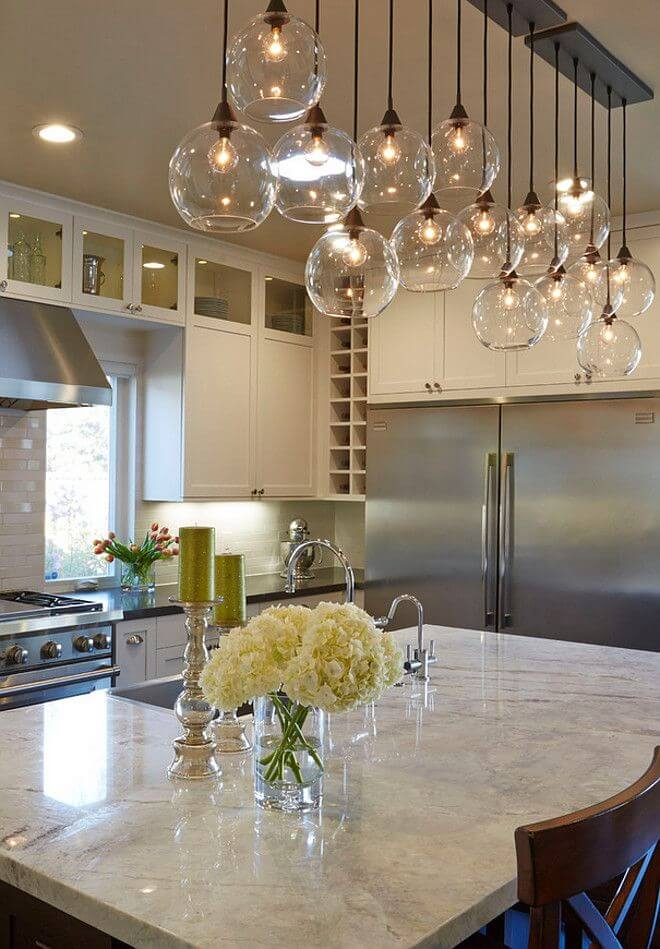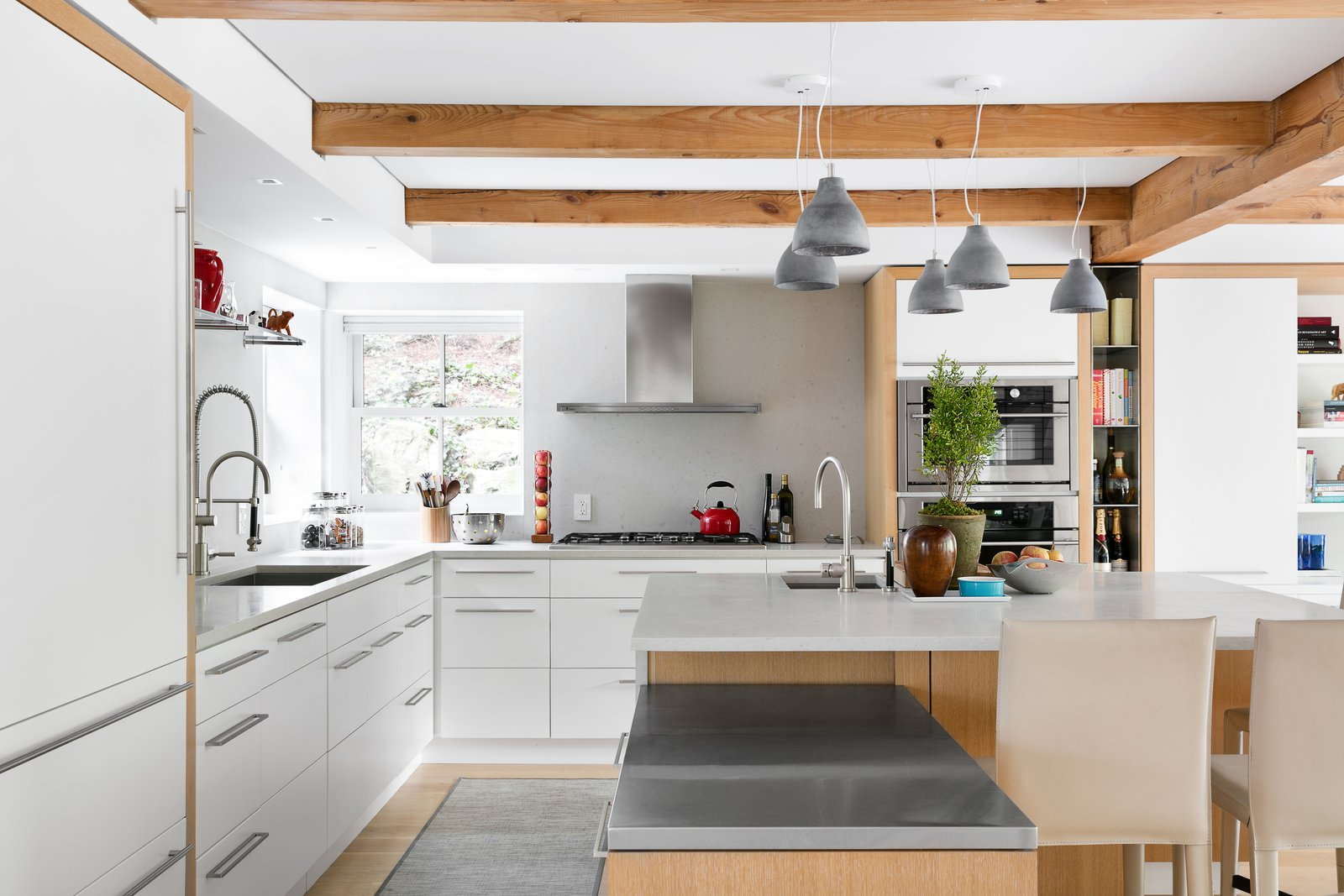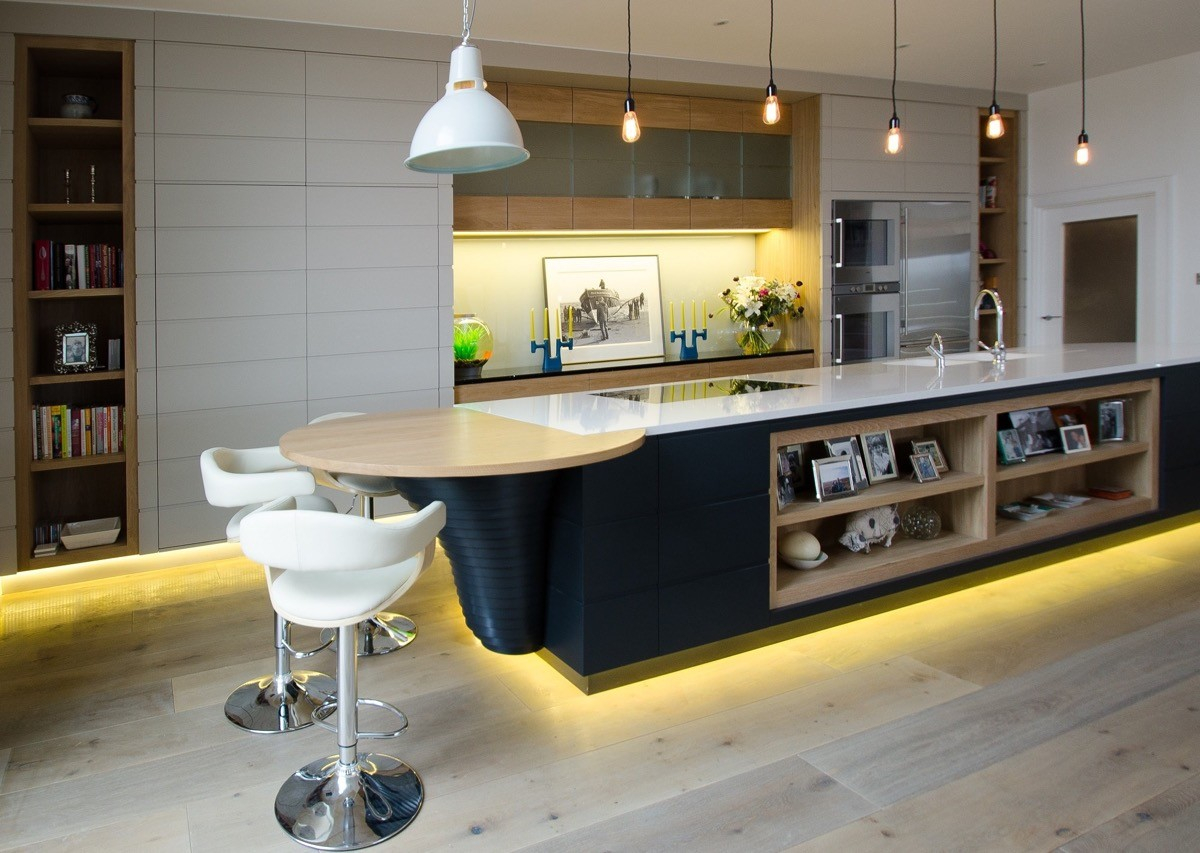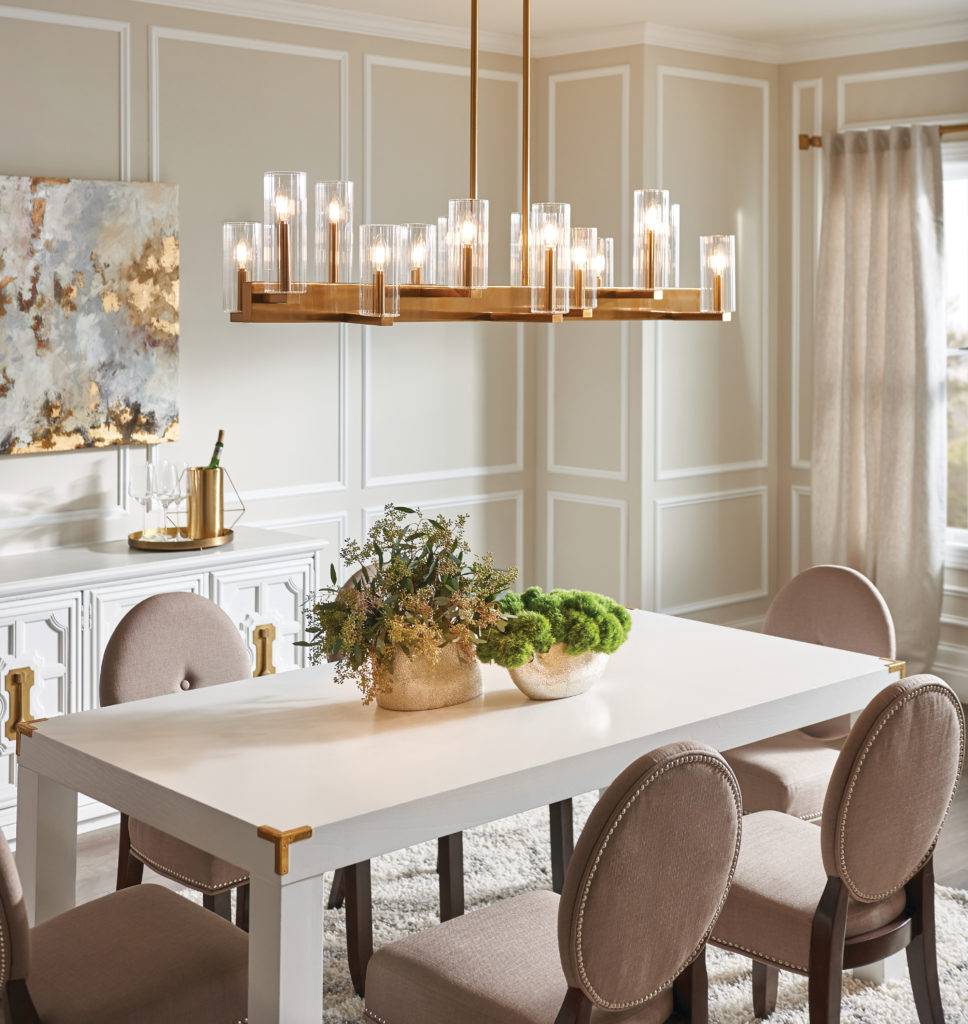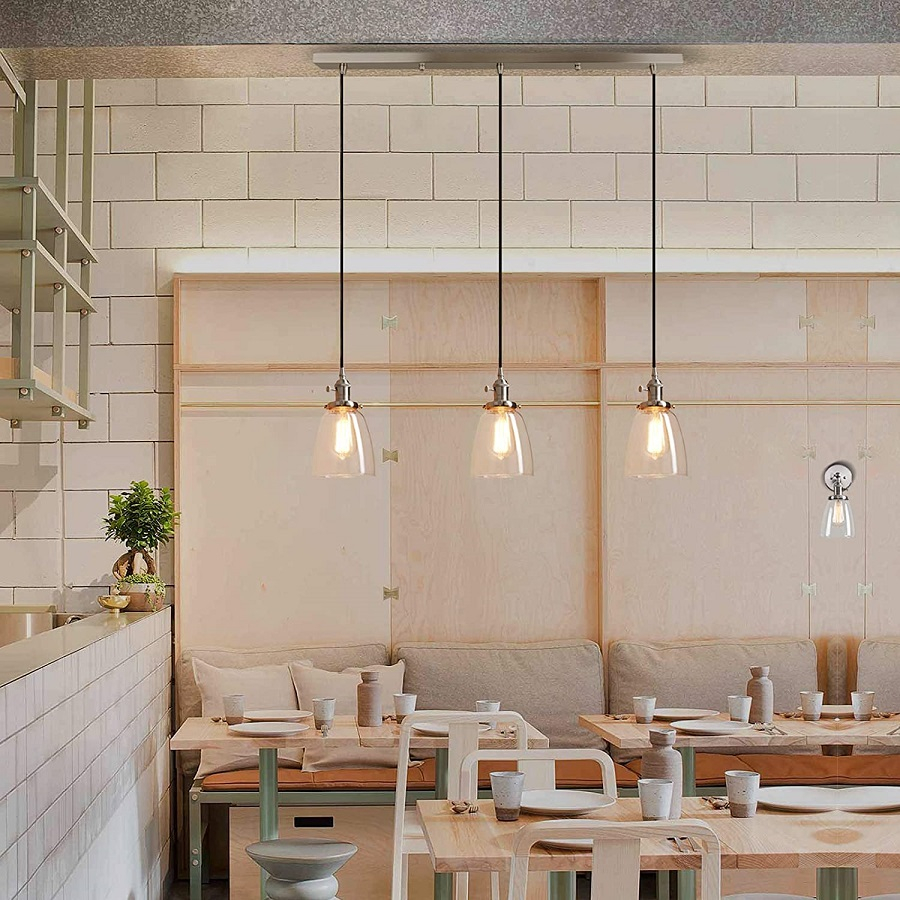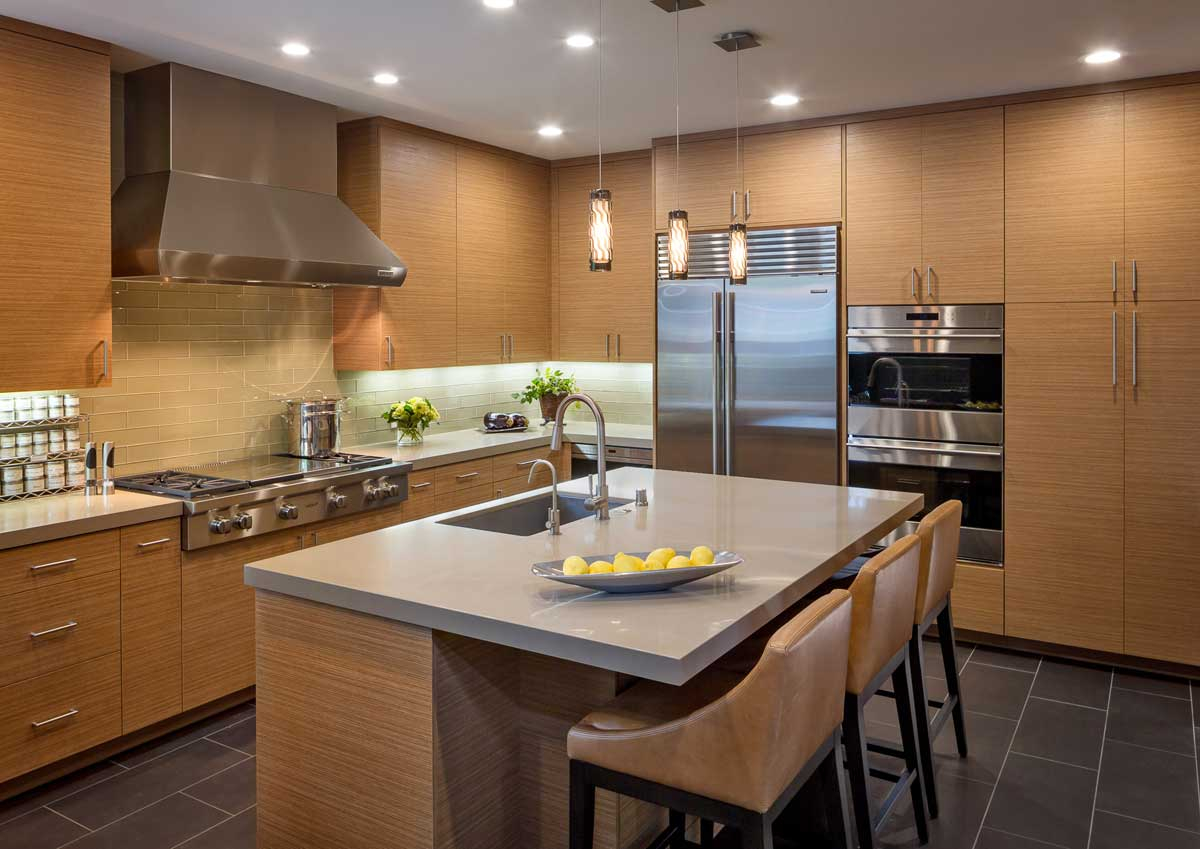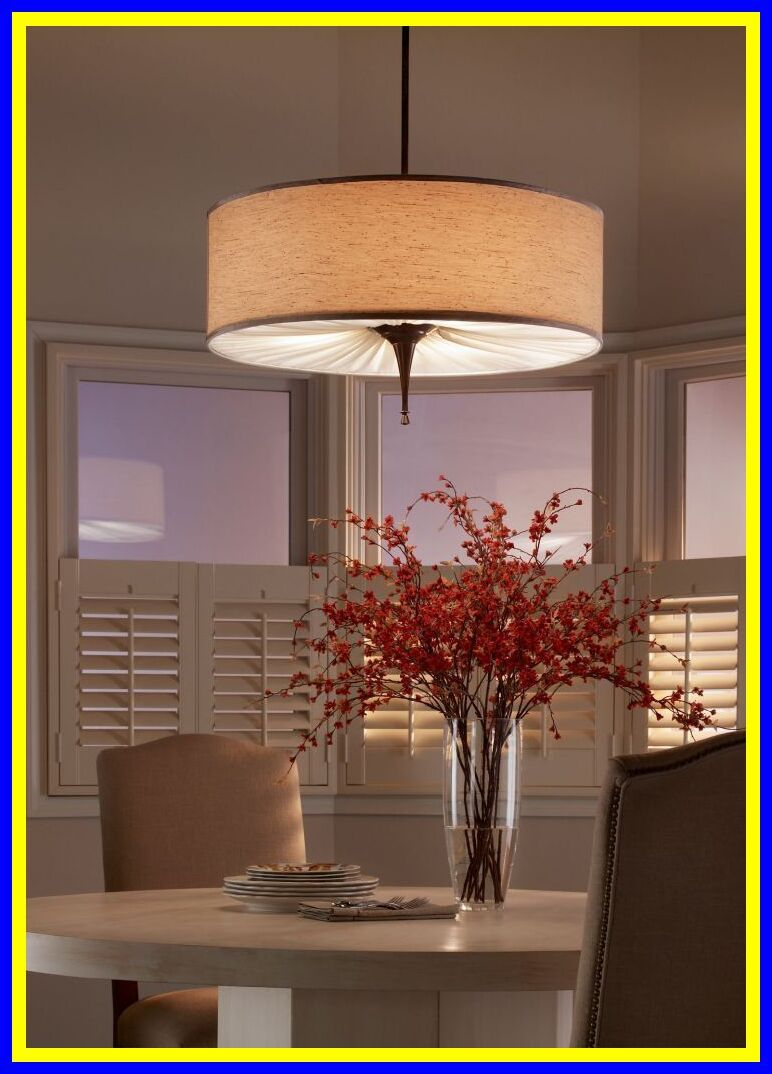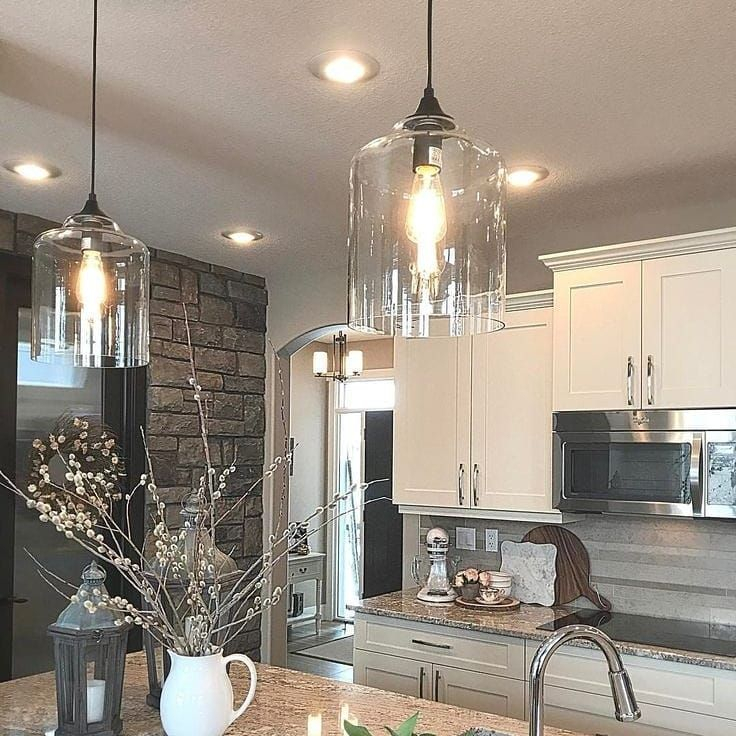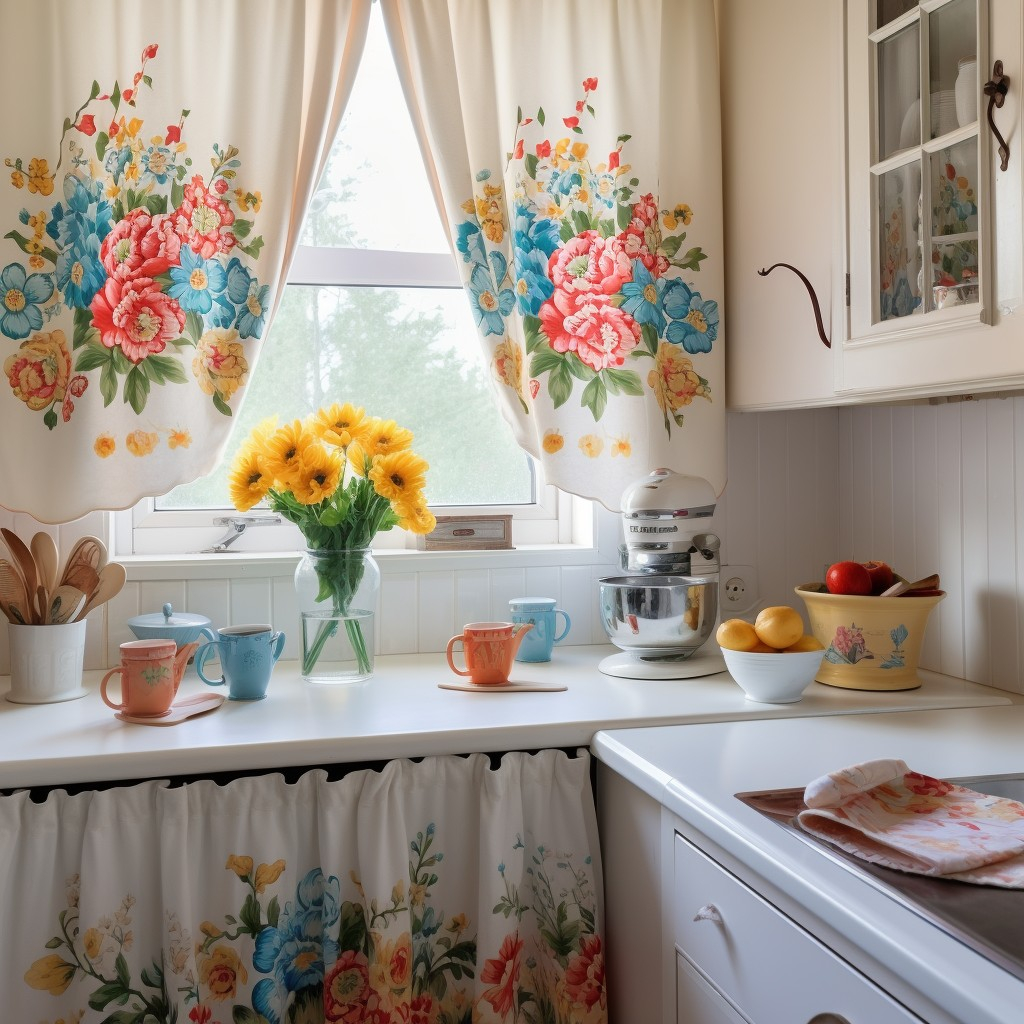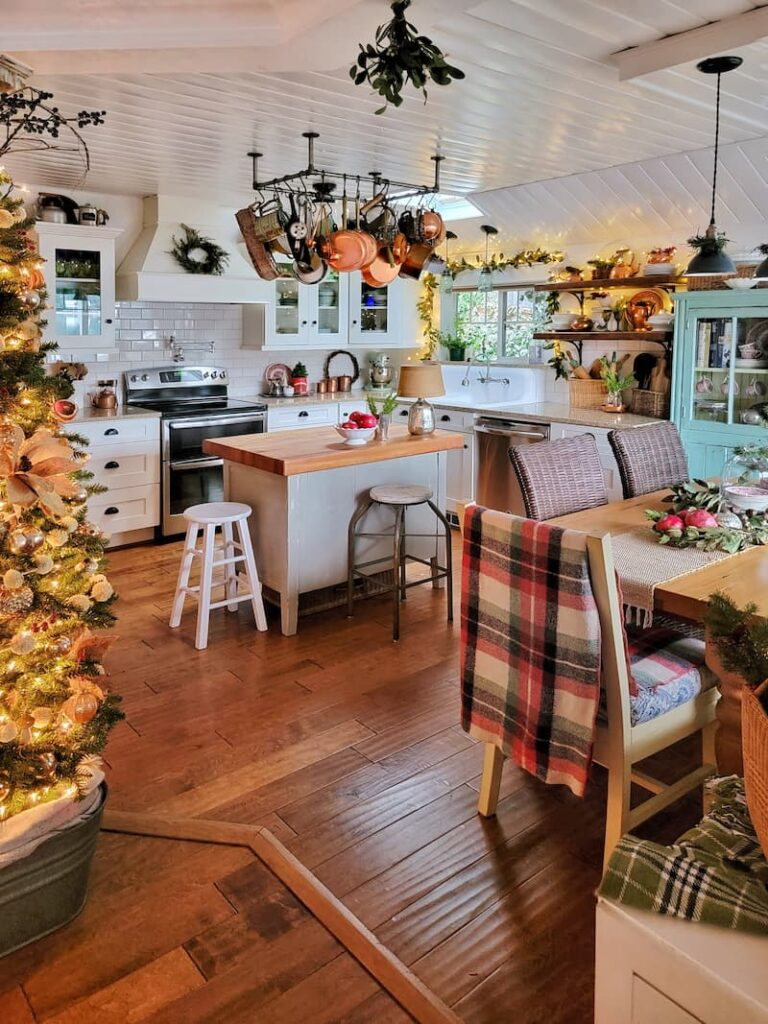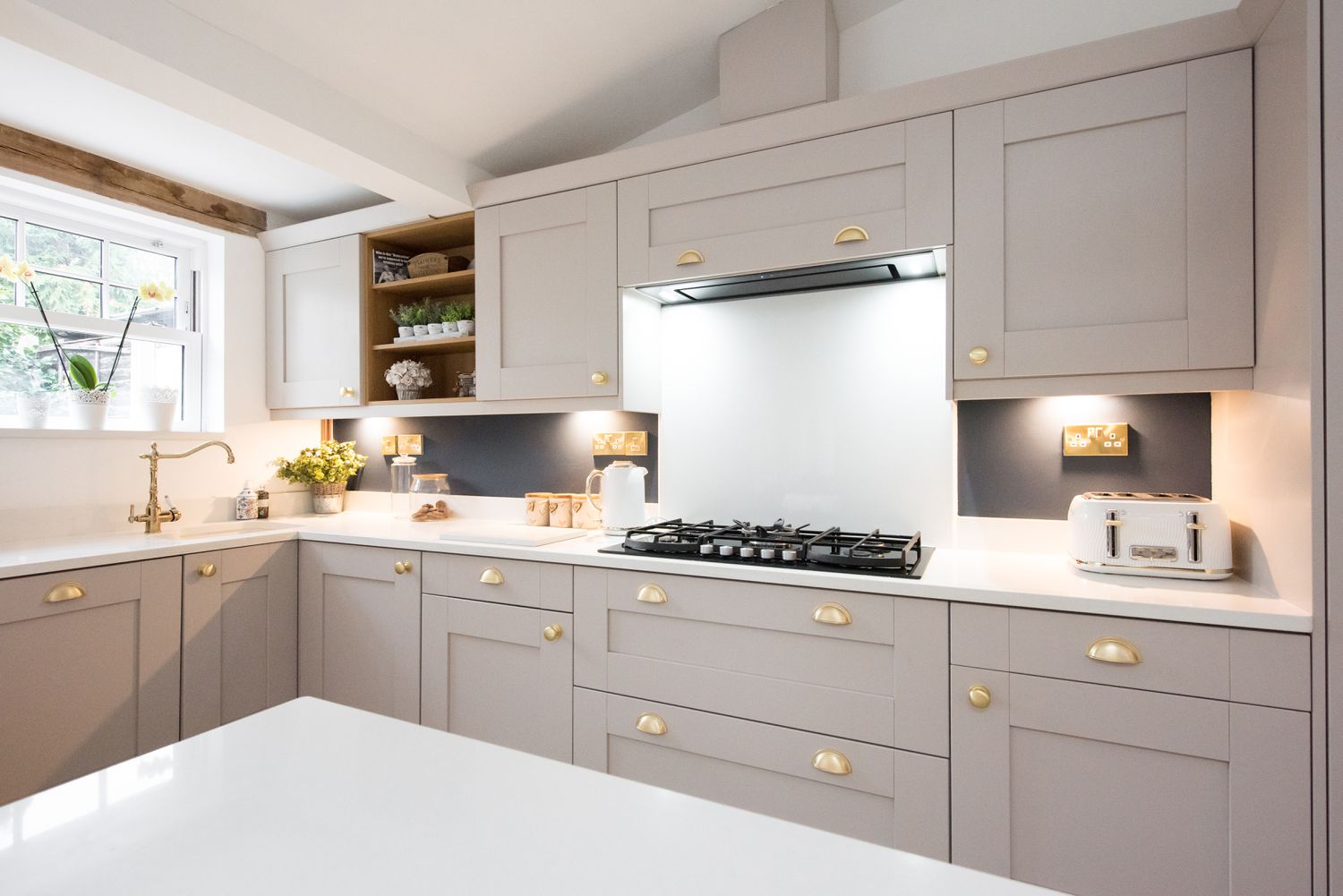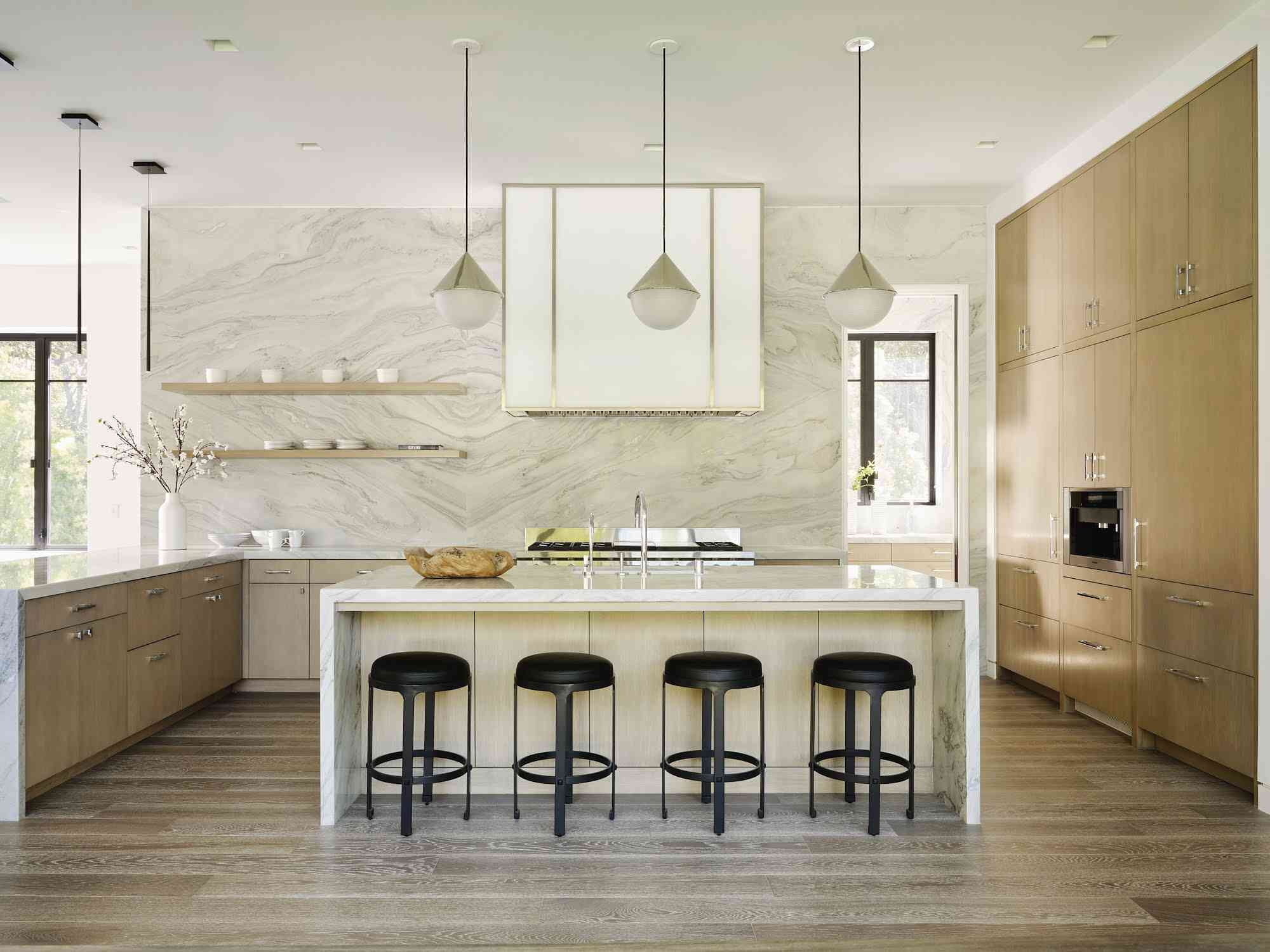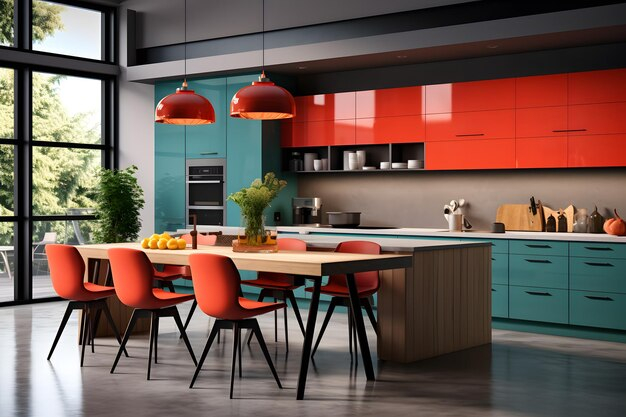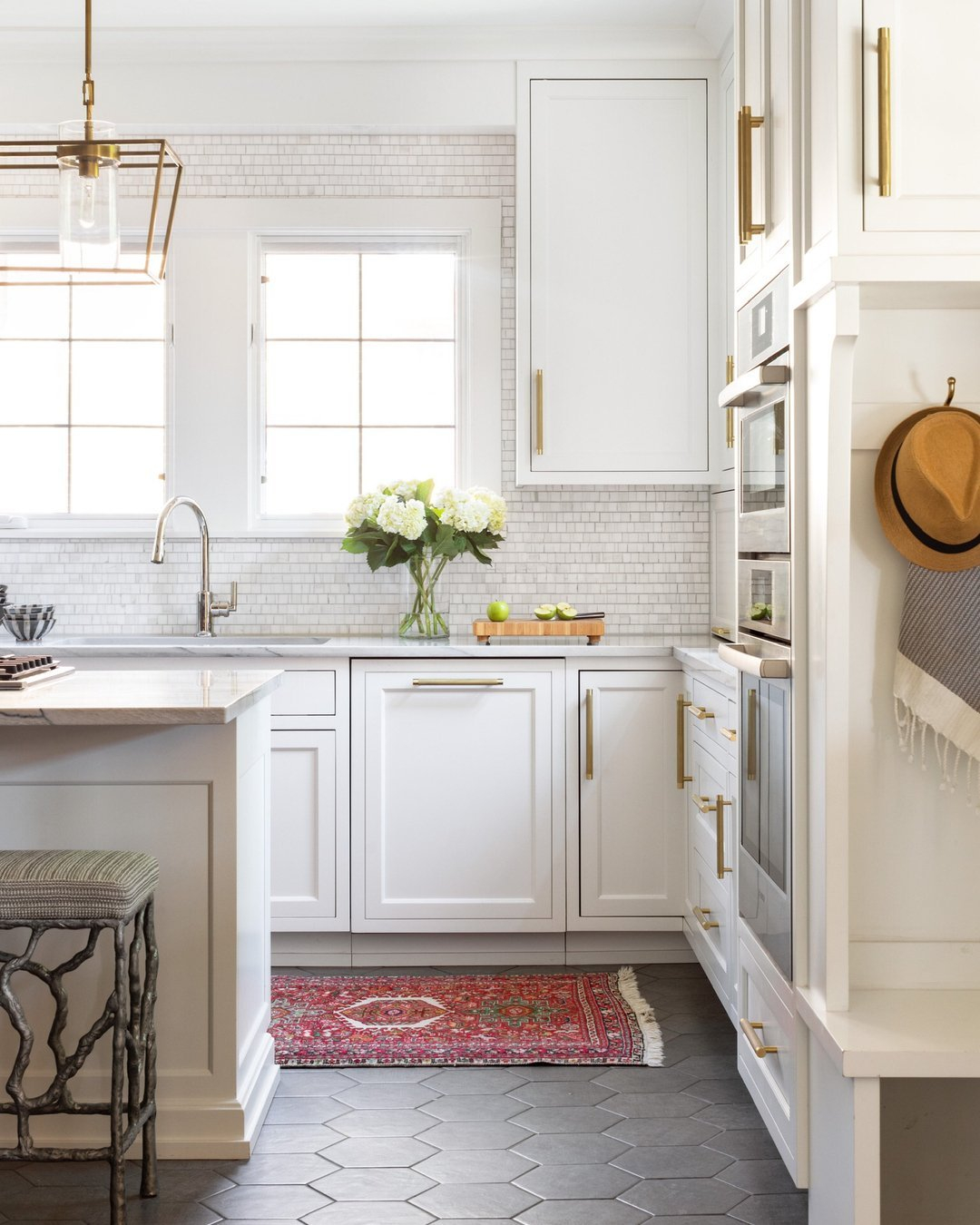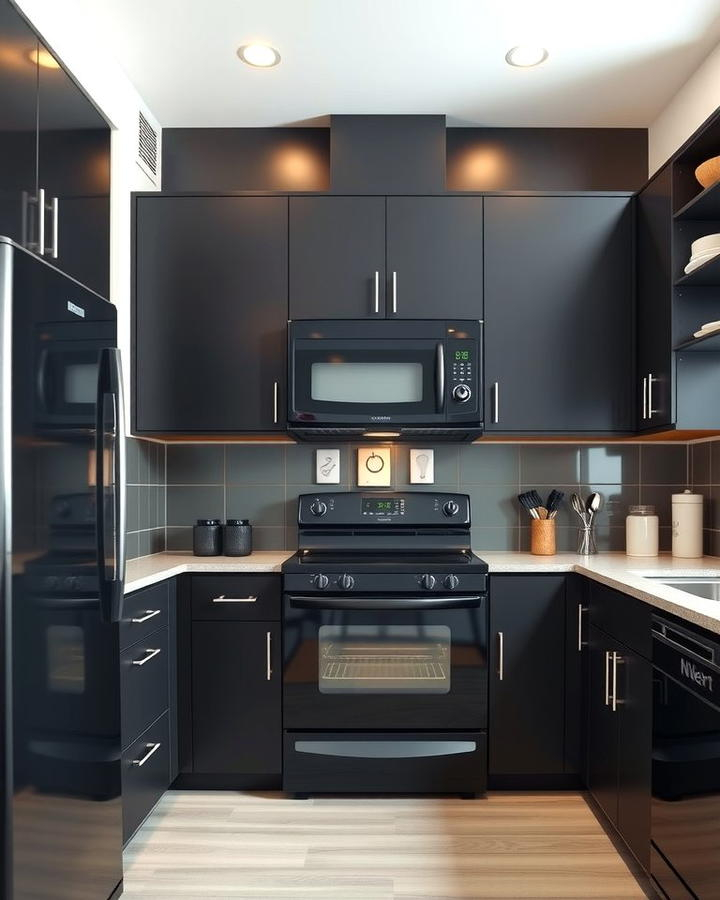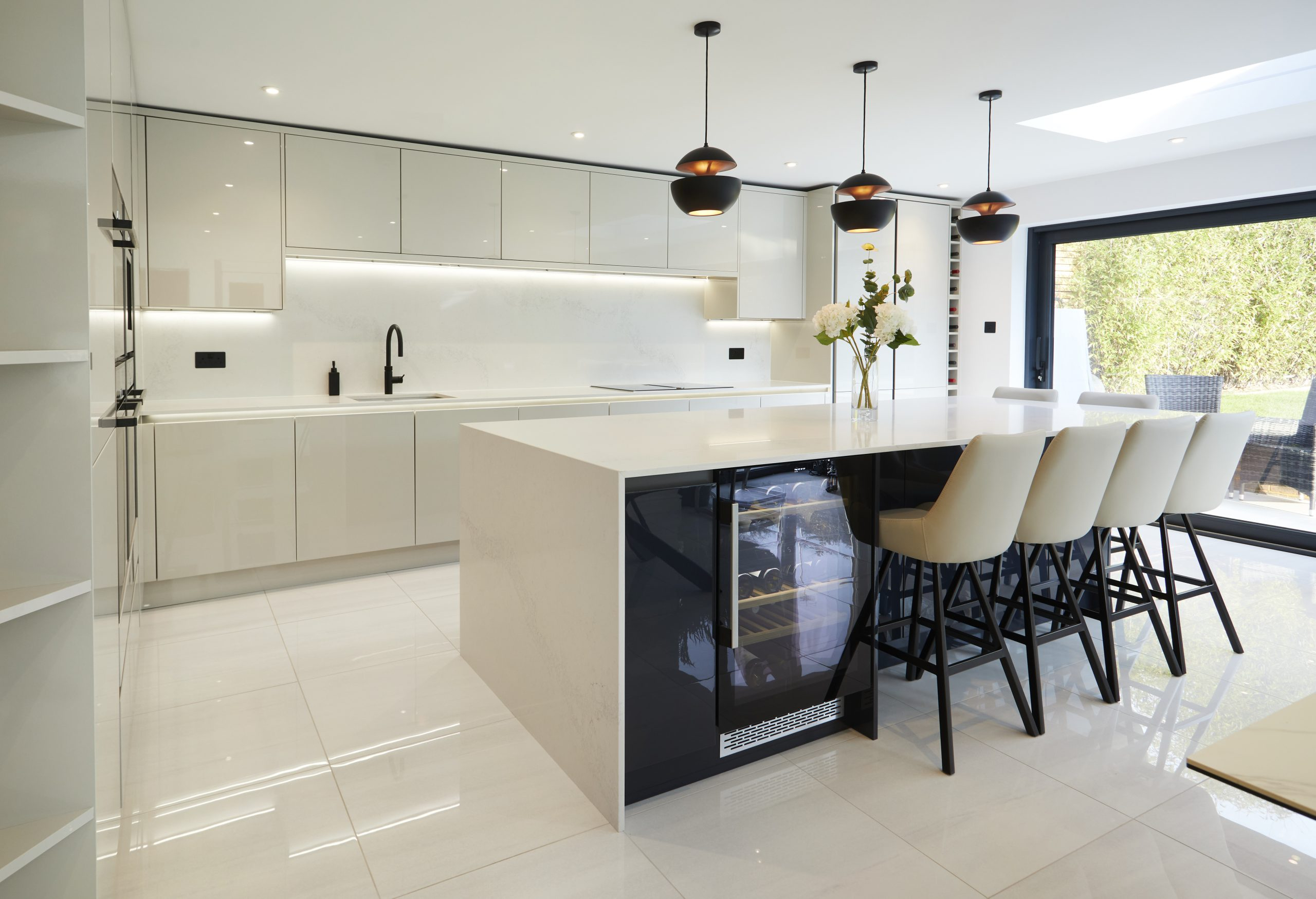Ever walked into a room and just felt… right? Often, that feeling comes down to the lighting. It’s not just about seeing your food; it’s about how the light makes you feel, how it transforms a space, and how it brings people together. Your kitchen table is the heart of many homes, hosting everything from hurried breakfasts to leisurely dinners and important conversations. Getting the lighting just right here isn’t just a design choice, it’s about creating an experience. Let’s dive into how to master this crucial element.
Selecting lights for your kitchen table might seem straightforward, but it’s a nuanced art. Think about it: the right light can make your morning coffee feel cozier, your dinner parties more elegant, and even your homework sessions less of a strain. Conversely, the wrong fixture can cast harsh shadows, create glare, or simply feel out of place. We’re going to explore the ins and outs of choosing kitchen table lights that not only illuminate but also elevate your everyday meals and gatherings. Ready to brighten up your dining space?
Understanding Your Lighting Needs: Task vs. Ambient
Before you even start browsing fixtures, it’s important to understand the different roles lighting plays. You’ve got task lighting, which is all about functionality – think bright, focused light for chopping vegetables or reading the newspaper. Then there’s ambient lighting, the general, overall illumination that sets the mood of the room. For your kitchen table, you’ll likely want a blend. You need enough light to comfortably see and enjoy your meals (task), but you also want it to feel welcoming and conducive to conversation (ambient). It’s a balancing act, and the fixture you choose will heavily influence this balance.
Fixture Types: What Are Your Options?
So, what kind of lights are we talking about? The most common choice for kitchen tables is a pendant light or a chandelier. Pendants are fantastic because they hang directly over the table, providing focused light without taking up too much visual space. You can use a single, statement pendant, or group several smaller ones together for a more dynamic look. Chandeliers, on the other hand, tend to be larger and more ornate, offering a grander statement and broader illumination. Other options include track lighting (though less common for direct table lighting) or even flush-mount fixtures if ceiling height is a concern. Each has its own charm and functional considerations.
Size and Scale: Finding the Right Fit
This is where many people stumble. A fixture that’s too big can overwhelm your space, making the table feel cramped. Too small, and it might look lost or provide insufficient light. A good rule of thumb is to consider the width of your table. For rectangular tables, a linear arrangement of pendants or a rectangular chandelier often works well. For round tables, a single, round pendant or a circular chandelier is usually a safe bet. As for height, aim for about 30-36 inches between the bottom of the fixture and the tabletop. This provides ample light without being in your line of sight when you’re seated. Always measure your space and your table before you buy. It’s a simple step that makes a huge difference.
Material and Style: Complementing Your Decor
The materials and style of your light fixture should harmonize with your kitchen’s overall aesthetic. Are you going for a modern, minimalist look? Perhaps a sleek metal pendant or a fixture with clean lines. If your kitchen has a more rustic or farmhouse vibe, consider fixtures made of wood, wrought iron, or glass with a vintage feel. For a touch of elegance, a crystal or brushed brass chandelier can be stunning. Don’t be afraid to mix and match a little, but ensure there’s a cohesive thread that ties it all together. Think about the colors and textures already present in your kitchen and choose a light that enhances them.
Light Quality: Warmth, Brightness, and Dimmer Switches
This is perhaps the most crucial secret to successful lighting. The color temperature of your bulbs matters immensely. Warm white (around 2700K-3000K) is generally best for dining areas, as it creates a cozy and inviting atmosphere. Cooler tones can feel sterile. Brightness, measured in lumens, should also be considered. You want enough light to see clearly, but not so much that it’s glaring. The absolute game-changer, however, is a dimmer switch. Install one. Seriously. It allows you to adjust the intensity of the light, transforming the mood from bright and functional for meal prep to soft and intimate for dinner. It’s the ultimate tool for versatility.
Installation and Practicalities: Getting It Right
Finally, let’s talk about getting your chosen light into place. If you’re replacing an existing fixture, the wiring might already be there, making it a DIY-friendly project for some. However, if you’re adding a new fixture or dealing with complex wiring, it’s always best to consult or hire a qualified electrician. Safety first, always. Also, consider the ease of cleaning. Kitchens can get greasy, so choose materials that are easy to wipe down. And remember to check the maximum wattage allowed for your fixture and use appropriate bulbs. A little planning here saves a lot of headaches later.
Choosing the right kitchen table lights is about more than just picking a pretty fixture; it’s about curating an atmosphere. By considering your lighting needs, fixture types, scale, style, and the quality of light itself, you can transform your dining space into a welcoming hub for connection and enjoyment. Don’t underestimate the power of a well-lit table – it truly does illuminate your meals and your life. So go forth, experiment, and find that perfect glow that makes your kitchen table shine.

